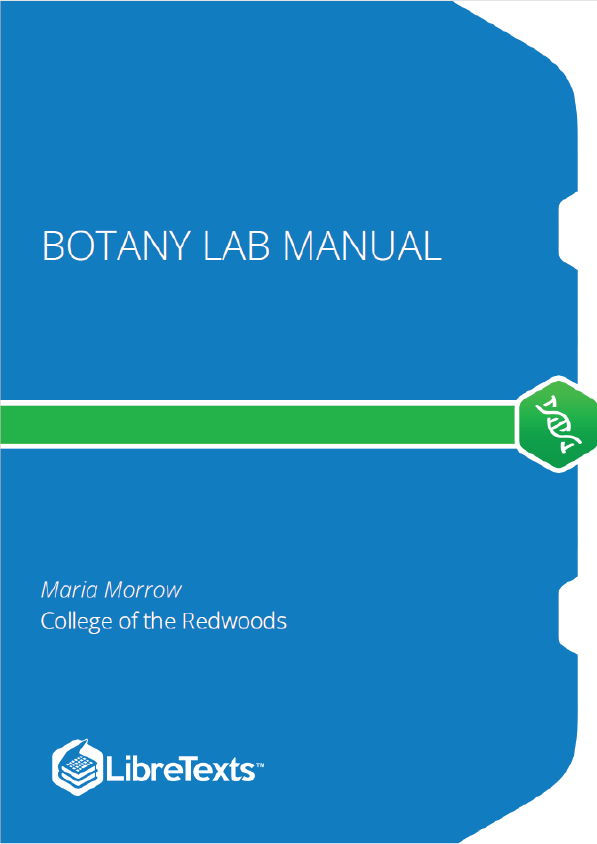Introduction to the Study of Botany
The term botany refers to the study of plants. However, as you will undoubtedly experience more during your scientific career, a name is often reflective of something that was once believed to be accurate but no longer is. So, what is “botany”? As a course, botany is the study of plants and many of the other non-animal groups in the tree of life. With regard to organisms, this course begins with the Cyanobacteria, winds through several groups of unrelated organisms that were all once categorized as fungi, picks apart pieces of the “protista,” and finally emerges into Kingdom Plantae. With regard to scientific disciplines, we begin with ecology, transition to a bit of chemistry and cell biology, assemble these building blocks to learn anatomy and physiology, use these characteristics to discuss evolution and systematics, classify our organisms into related groups based on organismal biology, then discover their interrelatedness by returning back to ecology–all with a sprinkle of physical geography to give us some historical context.
Notice that I did not say plant identification. The (upper division) botany course you are thinking of is called Plant Taxonomy. To take that course, you must first learn to speak the language of botany. It is difficult to determine whether the vestiture on the pedicels of a raceme is glabrous, glaucous, or glochidiate if you do not yet know what a pedicel is.
Speaking of languages, botany is a language-intensive course. As with any language, only speaking it for a few hours a week will not be sufficient to attain any kind of fluency. You will need to learn, memorize and apply a vast array of new terms throughout the course of this semester (there are 528 terms in the glossary). You will need to speak botany outside of class. You will need to speak botany to others and interpret botany being spoken to you. You will need to read, write, and draw botany. If you start to dream in botany, you know you are doing it right.
How to Use This Manual
Before You Get to Lab
Each lab has a section that is intended to be completed prior to the start of the lab. This section includes formative questions, content and skill objectives, and an introduction to the topic. Formative questions are not intended to be graded for “correctness” and often lack any correct way to answer. Instead, these questions are intended to see what you might already know or think about the topic you are going to learn about. Content objectives list what you are expected to learn during the lab, while skill objectives list what you should be able to do after the lab. The introduction frames the lab content in context of larger topics within the field of science and highlights specific concepts that will be covered within the lab. Later labs focused on learning different organismal groups also contain a section called selection pressures and drivers that explains what conditions this group of organisms evolved in response to.
Vocabulary
Any new terms that you will be expected to know are bolded. These bold terms can also be found in the glossary, which also includes the definitions for root words frequently used in botany.
Diagrams
Most diagrams are intended to be colored in. You should have colored pencils, crayons, or pens to fill in these diagrams. In the organismal group labs, there are life cycle diagrams. Each of these should have a color-coded key for distinguishing between haploid and diploid tissues. You can choose the colors. Most of the diagrams are also unlabeled. The intention is that you will interpret the text, interact with the material, and learn from your instructor how to label the structures. If all of the answers are laid out for you, there isn’t much investigation to be done and your opportunities for learning are diminished. Don’t know if you labeled the life cycle correctly or identified the correct root system? Use the vast amount of resources you have at your disposal at any college to check your work: your textbook, your classmates, your instructor, Google, Youtube, and Wikipedia. As is always the case in science, it is good to check multiple sources of information.











